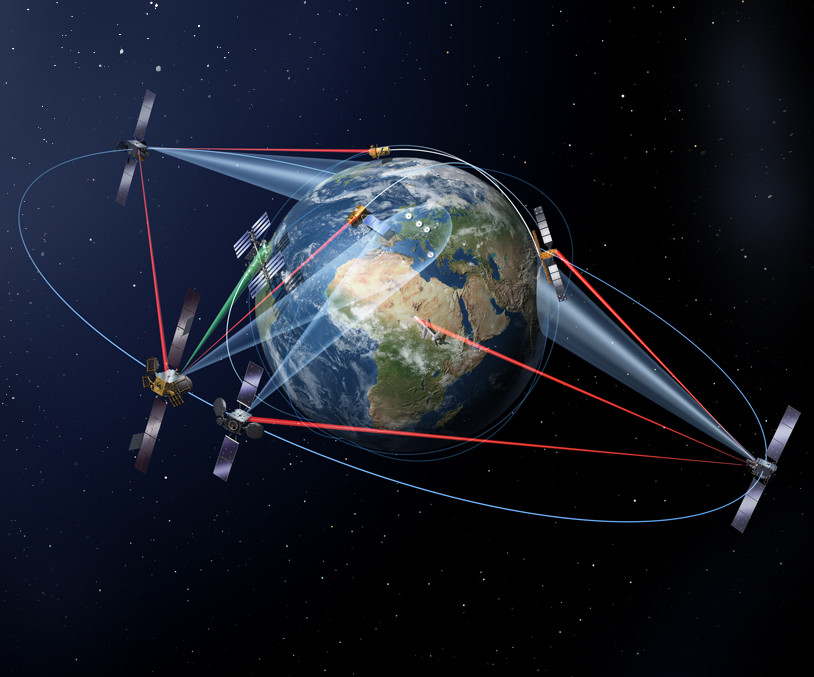In August 2020, the 2.3m Aristarchos telescope at Helmos Observatory, which is operated by the IAASARS of the National Observatory of Athens, was selected as the first ground-based station of the ScyLight program. Starting in the summer of 2021, we are installing hardware provided by ESA and performing tests.
After the successful installation of the equipment of the ScyLight program on July 23, 2021, additional equipment was installed by ESA and sky-high tests to communicate with the Alphasat telecommunications satellite were successfully performed.
About ScyLight
ScyLight (Secure and Laser communication technology) program of ESA (European Space Agency) under the ARTES Strategic Programme Line:Optical Communication- ScyLight, supports the research, development and evolution of optical communication, photonics and quantum communication technologies, and provides flight opportunities for their in-orbit verification. It is one of three Strategic Programme Lines that ESAs Member states focusing on the areas of Optical Communications (ScyLight), 4S and Space for 5G.
The continuously increasing demand for satellite services make necessary the development of a new communication technology via optical-laser links that will replace the traditional communication technology via radio-frequency bands which are experiencing bottlenecks. The most ambitious and revolutionary technology for the satellite industry is the optical communication technology which will bring unprecedented transmission rates, data security and resilience to meet commercial needs.

Objectives of ScyLight

Benefits
The benefits of optical (laser) communication technology over the tranditional radio frequencies are manifold:
